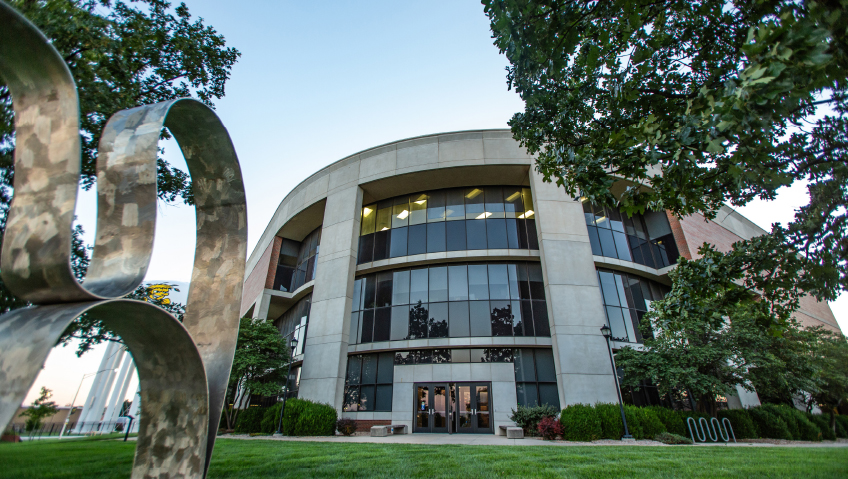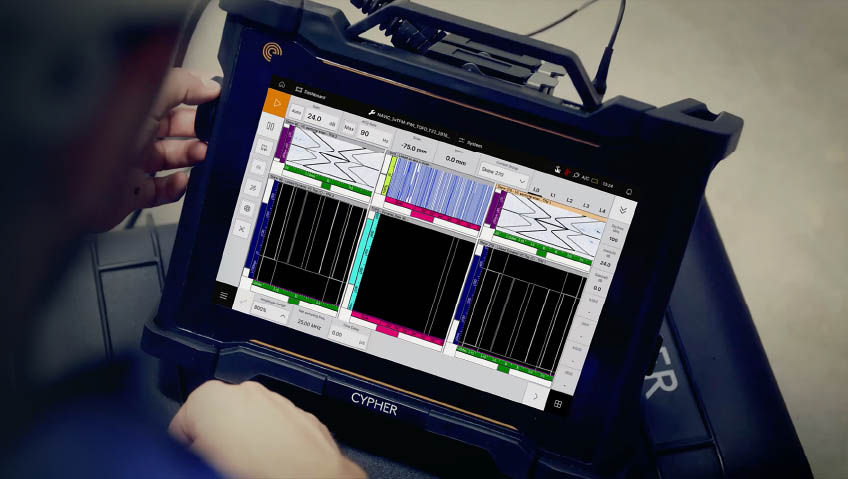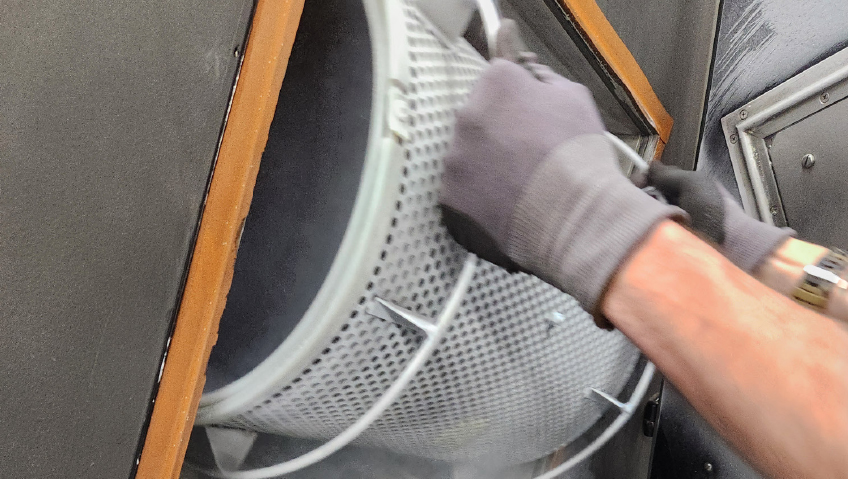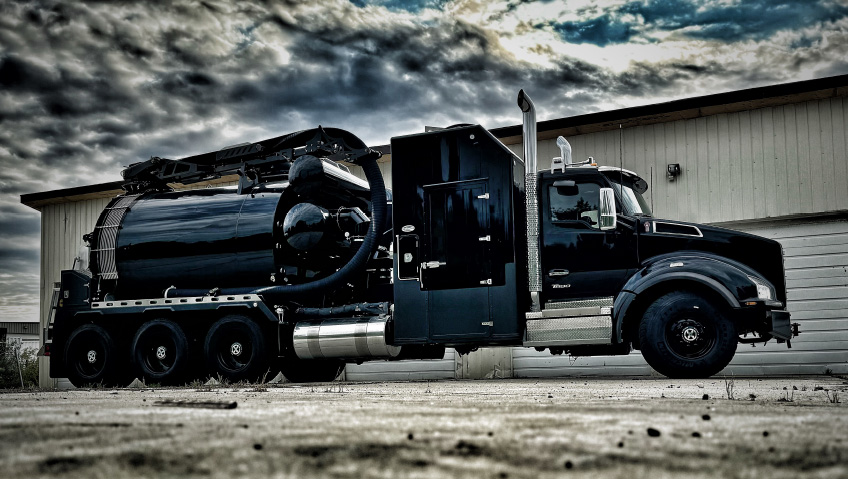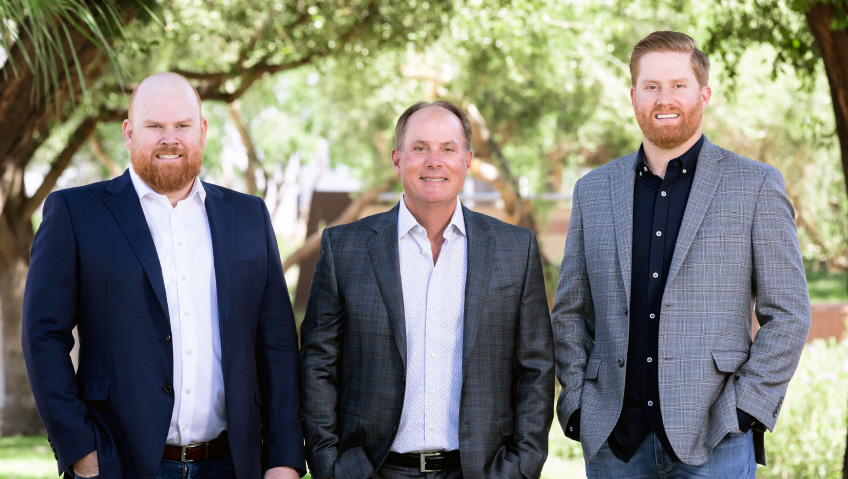The National Institute for Aviation Research, more commonly referred to as NIAR, is one of more than 30 different research and development (R&D) facilities located at Wichita State University (WSU), an internationally recognized institution of applied learning and research.
WSU ranks third among all U.S. universities in aerospace R&D expenditures and first in industry-financed aerospace R&D expenditures. NIAR is supporting these efforts through the provision of the resources, equipment, technology, and expertise necessary to advance aerospace innovation.
Associate Vice President of Strategic Communications and Marketing for WSU Industry and Defense Programs, Tracee Friess, offered some historical context: “In 1985, NIAR was founded to increase research at Wichita State while also serving the aviation industry, which is such a big part of Wichita’s and Kansas’ economy,” a region that is referred to as the Air Capital of the World.
With an annual budget of more than $350 million last year, 1,500 employees, many of whom are student interns and alumni, and two million square feet of state-of-the-art facilities and resources across six facilities in Kansas and more recently Huntsville, Alabama, NIAR seeks to advance R&D, testing, certification, and training activities related to airframe technologies.
“Our laboratories, services, equipment, and capabilities are all based on what our clients in Wichita, in Kansas, throughout the U.S., throughout the globe, need from us,” Friess explains.
NIAR also supports WSU in the achievement of its vision to be one of the nation’s premier urban public research universities, known for providing impactful applied learning experiences and driving prosperity. Each year, NIAR employs more than 500 students, which Chief Engineer for Defense Industrial Base Strategy, Mark Shaw, describes as, “the world’s largest intern program, and because our labor largely comes from students, our cost structure is also very fair.”
Students from interdisciplinary backgrounds and a passion for aviation and aerospace can participate in work related to material qualification, advanced materials and coatings, machining and prototyping, impact testing, and many other areas of specialty.
“We are world-renowned in virtual engineering. We have a crash dynamics test lab. We do hundreds of millions of dollars in sustainment research for the Department of Defense (DOD). We have a ballistics and impact dynamics lab that does bird strike and ballistics testing, environmental testing and electromagnetic effects, virtual reality, and full-scale structural testing of aircraft and components,” explains Friess of the ever-expanding resources and capabilities at NIAR’s disposal.
Integrating new technologies
With the advent of new technologies, materials, and approaches comes new and often better ways of doing things. In response, the scope and focus of the organization expands, as it has with additive manufacturing. Additive manufacturing has enormous potential in the aerospace and defense sectors but needs to be scaled to realize that potential to its fullest, the implications of which are beyond imagination.
According to Shaw, “The thing we’re trying to solve is really creating a strong, largely U.S. industrial base for advanced manufacturing—specifically for me, metal additive manufacturing,” by scaling those technologies and the benefits they bring. “We have all the material data and material specs for casting and forging an old product; we’ve been doing these things since the ’50s and ’60s with little to no change. And now, we’ve introduced a new manufacturing method.”
If the additive manufacturing sector were left to develop in accordance with the natural course of things, it would take until 2050 to meet its potential. Unfortunately, the U.S. doesn’t have that kind of time on its side.
As Shaw explains, much of the work he does draws inspiration from the book Freedom’s Forge, a story of how industry propelled American success through World War II, a feat that was only possible because of the rate at which mass manufacturing was scaled.
“We’re still somewhat nascent; additive is new. There are a few people doing it really well, but not enough,” Shaw notes. “Because of what’s going on with Ukraine, we’ve recognized that we can’t even support spare parts for Ukraine, so if it’s us, we’re in trouble. Our supply chain is not ready.”
For organizations like NIAR that support the DOD, their timeline is under pressure to ensure military readiness in support of future conflicts. “So everything we do, everything I do, all the different pieces, actually fit into one mission. And that mission is to scale the metal additive manufacturing space,” says Shaw.
A matter of qualification
To achieve this feat, the DOD has accelerated its investment to more than $500 million to expedite research and testing programs to amass the data and capacity to reinforce critical domestic supply of parts and components more cost-effectively and efficiently, which begins with qualification.
Qualification is a major component of the work NIAR undertakes, and several efforts are underway to advance the sector in this regard. In fact, as Friess notes, NIAR has spent “30 years working with the FAA in order to create a shared materials database for advanced materials,” and its most recent iterations are taking shape.
A common qualification program called Performance-based Additive Qualification and Consolidated Strategy is an effort to collect the necessary data to create a framework for these activities which will result in a public standard that will provide additive manufacturers with information related to the required specifications, accepted methods, protocols, and materials.
“When a company chooses a material from our shared materials database, they can bypass some of the material testing that you would have to do for a new material; as long as they can prove that they are manufacturing the material to the specifications shared in the database, then they can skip some of those initial testing requirements, which makes it a lot more cost-efficient to use these shared materials,” Friess explains.
DOD has sponsored a materials database at NIAR to enable the joint forces to have access to a single repository for this information as the foundation for the implantation of additive manufacturing technology in the interest of national security. The goal is to identify a method whereby old technical data can be converted into new technical data and one of the ways this is being achieved is through digital twin work which is “a big deal,” at NIAR.
Instead of having to take each individual part and conduct an engineering analysis, stress analysis, vibration analysis, and other material testing—and have these things qualified every time, which is costly from a time and money perspective—the digital twin enables this process to be qualified and scaled on a plane-by-plane basis.
“We’re going to have to identify them, we’re going to have to create additive parts, and we’re going to have to put them on and print them. We have to approve them now hundreds of thousands at a time, so that’s something that we’re very much invested in—moving from our digital twin world to actually creating additive technical data,” explains Shaw, who acknowledges that digital twins are just one building block in the process, particularly where mission-critical components are concerned.
“One of the reasons that the DOD is so interested in digital twin technology is to sustain their fleets and the value of additive manufacturing for them is that when they need a part replaced, it is very difficult for them to find someone who wants to go through the trouble to develop the digital data to create that part and then go to the trouble of manufacturing a one-off part for the military,” he adds.
For instance, one part on a B52 would be too costly to make and it is unlikely that a manufacturer would want to spool up the factory for one part, a process that could be done with additive manufacturing if the materials and processes were qualified.
To date, NIAR has taken aircraft including a B1, F16, Blackhawk helicopter, Apache helicopter, and M113 armored personnel carrier, among others, through a full tear-down where the vehicles were scanned and reverse-engineered to create a digital twin.
Leading the way
As the technology is still in its infancy, the industry is just starting to see leaders emerge. Very few manufacturers have the capacity, scope, or sophistication to manufacture parts and components to the required standards and qualifications, which adds another element of challenge to the equation. NIAR’s Advanced Technologies Lab for Aerospace Systems (ATLAS) is like a maker space for manufacturers to come and test equipment, develop prototypes, and determine best manufacturing practices before embarking on capital investments of their own.
Efforts are also underway from an education and workforce development standpoint to determine who the industry experts are, what standards they need to train to, and what that training will look like to solidify the future trajectory of the sector for the benefit of the economy and national security.
“Our goal is to be an economic driver for the university, for the region, and for the state, doing that by continuing to work with our industry partners and develop the solutions and technologies that are needed by them. That’s our primary method of operation: to solve problems for industry,” says Friess of the work that will help the technology and the sector to take off.

